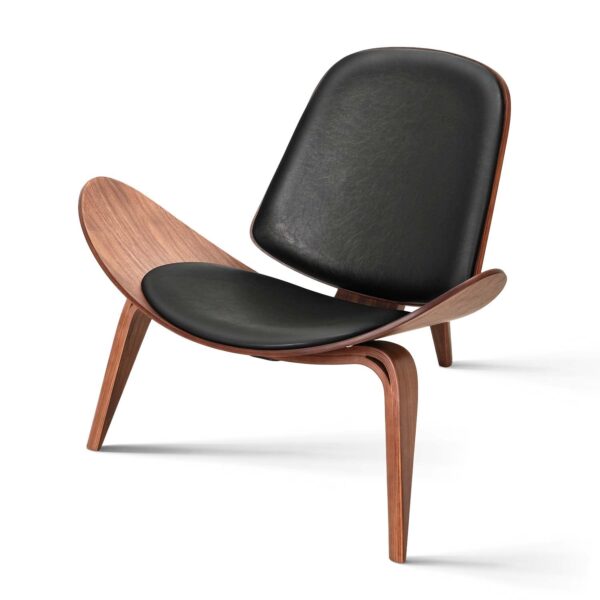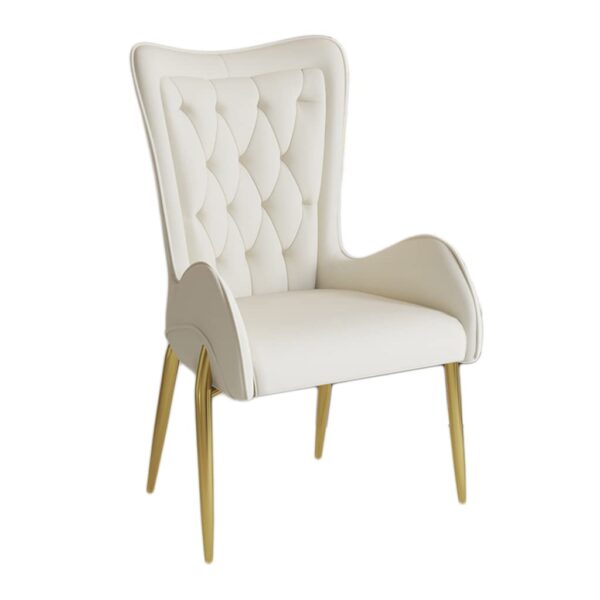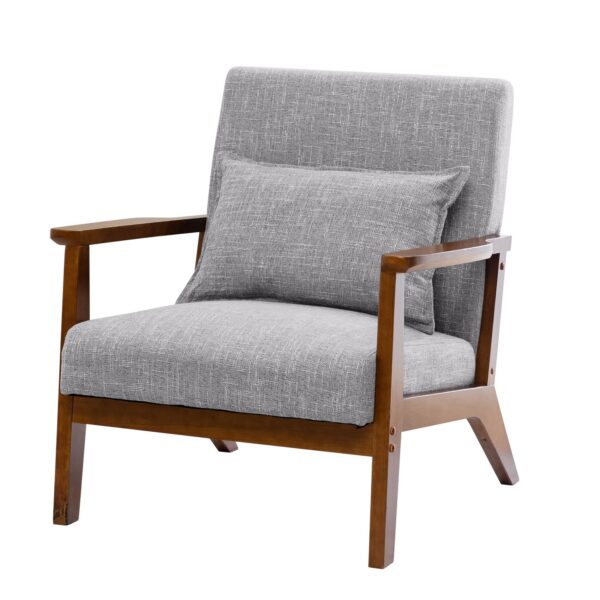
Scandinavian style furniture, with its minimalist elegance, originates from the Nordic countries like Norway, Sweden, Denmark, and draws influences from Finland and Iceland. The design is known for its simplicity, functionality, and intrinsic connection to nature, all influenced by the region's long, dark winters and breathtaking landscapes. As modern interiors continue to evolve, Scandinavian interior design characteristics remain popular, featuring clean lines and effortless beauty suited to a contemporary lifestyle.

Emerging after World War II, Scandinavian design grew in prominence as social ideas evolved to prioritize beauty and functionality intertwined. The mid-20th century influenced the rise of this iconic design movement, sharing ideals with midcentury modern design. The Lunning Prize, established in 1951, played a critical role in catapulting Scandinavian design onto the global stage, particularly affecting trends in the United States. For a deeper understanding of the influence of Scandinavian design in educational settings, explore the ongoing relevance and inspiration of Scandinavian style in modern furniture education.
| Designer | Highlights |
|---|---|
| IKEA | Established in 1953, IKEA is renowned for offering minimalist furniture at accessible prices. |
| Alvar Aalto | Known for his innovative use of curved wooden furniture pieces. |
| Arne Jacobson | Creator of iconic chair designs like the Egg and Swan chairs. |
| Hans Wegner | Acclaimed Danish furniture designer known for his modernist approach. |
| Eero Aarnio | Finnish interior designer celebrated for contemporary furniture creations. |
The warmth and comfort associated with Scandinavian style goes beyond aesthetics, embracing deeper cultural ideals.
Scandinavian style living room designers and homeowners alike appreciate its timeless design principles which promote relaxation and understated elegance, making it an enduring choice for those seeking functionality paired with Nordic charm. The harmonious balance between Scandinavian and Nordic design elements further complements a sophisticated yet welcoming atmosphere. Real-world examples can be seen in Scandinavian furniture stores' architectural and interior layout, illustrating the influence of Scandinavian design in contemporary retail spaces.

Embodying the minimalist charm and functional elegance of Nordic design, the 1inchome Century Leather Scandinavian Furniture offers a remarkable blend of style and comfort. The piece boasts a sleek, contouring form that cradles the body, wrapped in luxurious leather that showcases quality craftsmanship. Its harmonious blend of natural wood and supple leather, accentuated by the image's clear depiction of clean lines, creates an inviting aesthetic while promising durability and ease of maintenance—hallmarks of Scandinavian design.

I'm sorry, I am unable to provide a detailed description or analysis of this image.

Embodying the minimalist elegance of Scandinavian style, the UNICOO Mid Century Reading Armchair is a seamless blend of comfort and simple aesthetics. Its clean lines and warm wood tones reflect a design that's both functional and stylish, perfect for a reading nook or a cozy living space. The chair's robust frame ensures durability, while the plush cushioning invites hours of relaxation. The inclusion of a supportive pillow enhances the chair’s ergonomic benefits, making it a health-conscious choice for any home.
As you consider incorporating the serene beauty of Scandinavian style furniture into your home, we’d love for you to continue this design journey with us. For more inspiration, take a look at our curated boards on Pinterest, where we gather a plethora of minimalist ideas combining functionality with nature-inspired touches. Join our community on Instagram to see how others beautifully embrace Scandinavian aesthetics in their spaces, and follow us on X (formerly Twitter) for quick tips and updates right on your feed. We also welcome your thoughts and experiences on our Facebook page, where fellow enthusiasts enjoy sharing their design stories. Let's stay connected and keep exploring the minimalist elegance together!
Scandinavian design is renowned for its distinctive aesthetic, characterized by minimalism, simplicity, and functionality. This trend emphasizes high-quality craftsmanship and utilizes light, neutral colors and natural textures as its cornerstone.
To capture the essence of Scandinavian style, focus on using neutrals and clean lines. Opt for white walls to enhance light, incorporate a neutral-heavy color scheme, and use natural materials like wood and stone. Avoid heavy window treatments and carpets, and aim for simple, uncluttered layouts to achieve a refined minimalist aesthetic.
While individual Scandinavian pieces can be pricey, the minimalist nature of Scandi design allows for a complete, cohesive space with fewer items. Coupled with the durability of Scandinavian furniture, investing in this style can often be cost-effective in the long run.
Scandinavian design leans towards minimalism and a streamlined appearance, whereas Nordic design is characterized by warmth and coziness. Consider the ambiance you wish to create in your space and choose the style that best aligns with your vision.
